Dinner parties are a timelessly popular way to get people together for an evening of good food and fun. With every time period offering their own take, a dinner party conjures lots of different images. From strict formalities and exacting manners at a Victorian occasion to the wild aspic-with-everything menus of the seventies, every era has its quirks!
With many of us looking to rekindle our social lives after the restrictions of the past couple of years, dinner parties are back.
With a select guestlist and the comfort of your own home, they are the perfect way to ease you back into face-to-face socialising. To celebrate their return, we’ve taken a dive into the evolution of dinner parties, dinner etiquette and typical menus through the ages.
More info: windowsonlineuk.co.uk
Medieval
Image credits: www.windowsonlineuk.co.uk
Banquets were an important affair and a large part of medieval life. Feasts were an occasion to display wealth and power, as well as conduct business deals, enter partnerships, organise marriages and bestow awards. In medieval times, banquets were a serious matter involving a lot of guests. Hosting feasts with impressive food and displaying correct etiquette were key to upward social movement.
Victorian
Image credits: www.windowsonlineuk.co.uk
Victorian dinner parties were rather elaborate social occasions filled with formalities and etiquette expectations. Formal dress was expected but the party size was generally kept under 12 to ensure everyone could converse with ease. Throwing a dinner party with numerous courses, lavish table decorations, proper etiquette and light conversation would ensure your guests were impressed and your hosting skills looked upon favourably.
1920s
Image credits: www.windowsonlineuk.co.uk
With the economic boom after WW1, the twenties were typified by prosperity, parties and progress. Whilst there was still a strong Victorian era influence, people were keen to shake off the sombre mood of the war and strict Victorian rules. Dinner parties were a bit less formal, food was increasingly influenced by restaurant eating and European flavours, and new design and culture was finding its way into homes.
1950s
Image credits: www.windowsonlineuk.co.uk
The post-war era was a frugal time with rationing continuing up to 1954. However, there was a desire to rebuild and for self-betterment, along with the advancement of technology which brought hundreds of new home appliances and kitchen gizmos. Dinner parties of the fifties often had a pretty basic menu but they were all about keeping up appearances and showing your aspirations.
1970s
Image credits: www.windowsonlineuk.co.uk
The seventies was a wild time for dinner parties and their menus! Although some critics call the seventies ‘the decade that taste forgot’, there’s no denying a seventies dinner party must have been an entertaining event. Experimental flavours, funky design and more progressive values all had an influence on the era’s dinner parties.
Modern Day
Image credits: www.windowsonlineuk.co.uk
Here we are at modern day! Dining has gotten a lot more casual and international foods are a normal part of the modern diet. Formal dining is rare and usually reserved for restaurants, but we still love to host friends and family in a much more relaxed setting.
599views
Share on FacebookCan't decide whether the medieval menu or the seventies food sounds best!
Haha! A ton of roasted meats, followed by a raspberry blancmange, I'm here for it haha
Load More Replies...Mr. Darcy was Georgian not Victorian. Manners were different. Why not more older time periods, odd to go from middle ages to Victorian?
Agree, plus "middle ages" is a massive time period, basically fall of the Roman empire to the Renaissance, you can't really generalise it and make overall statements. E.g. "no silly faces or expressions, a banquet was a serious affair" may be true if it was for a religious event or conservative periods, but most were to celebrate events, such as weddings or coronations, and were full of entertainers, singing, dancing and drinking
Load More Replies...Can't decide whether the medieval menu or the seventies food sounds best!
Haha! A ton of roasted meats, followed by a raspberry blancmange, I'm here for it haha
Load More Replies...Mr. Darcy was Georgian not Victorian. Manners were different. Why not more older time periods, odd to go from middle ages to Victorian?
Agree, plus "middle ages" is a massive time period, basically fall of the Roman empire to the Renaissance, you can't really generalise it and make overall statements. E.g. "no silly faces or expressions, a banquet was a serious affair" may be true if it was for a religious event or conservative periods, but most were to celebrate events, such as weddings or coronations, and were full of entertainers, singing, dancing and drinking
Load More Replies...
 Dark Mode
Dark Mode 

 No fees, cancel anytime
No fees, cancel anytime 







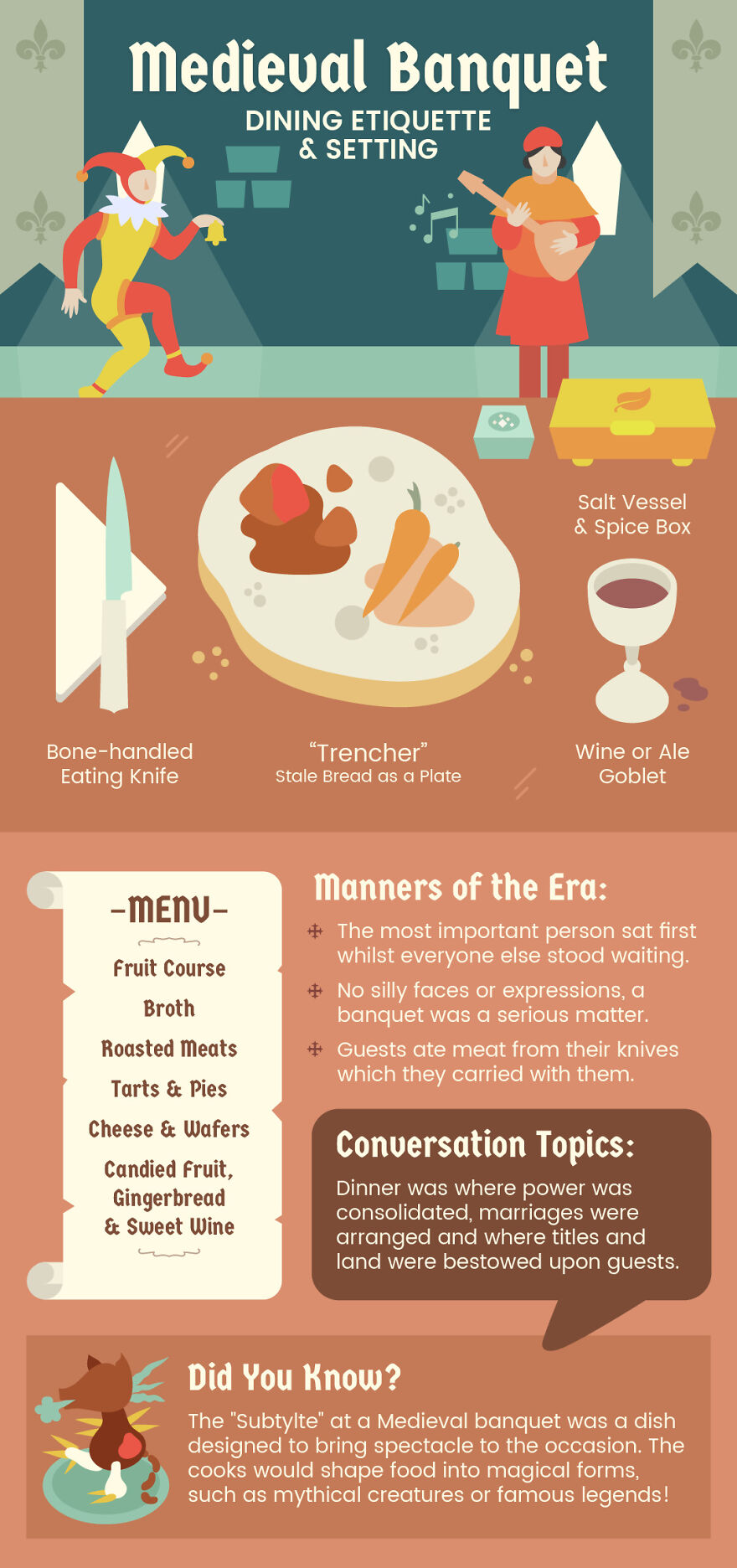
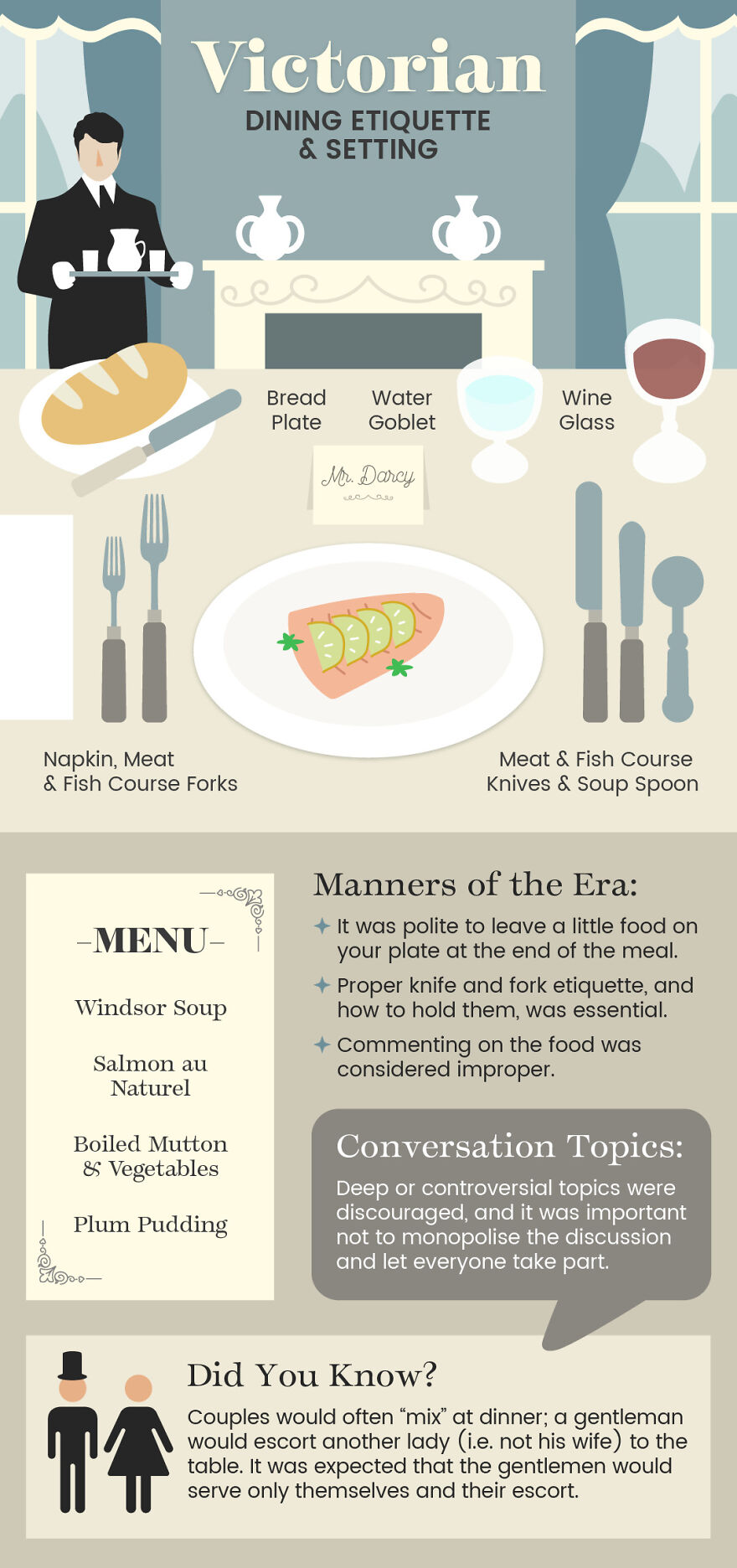
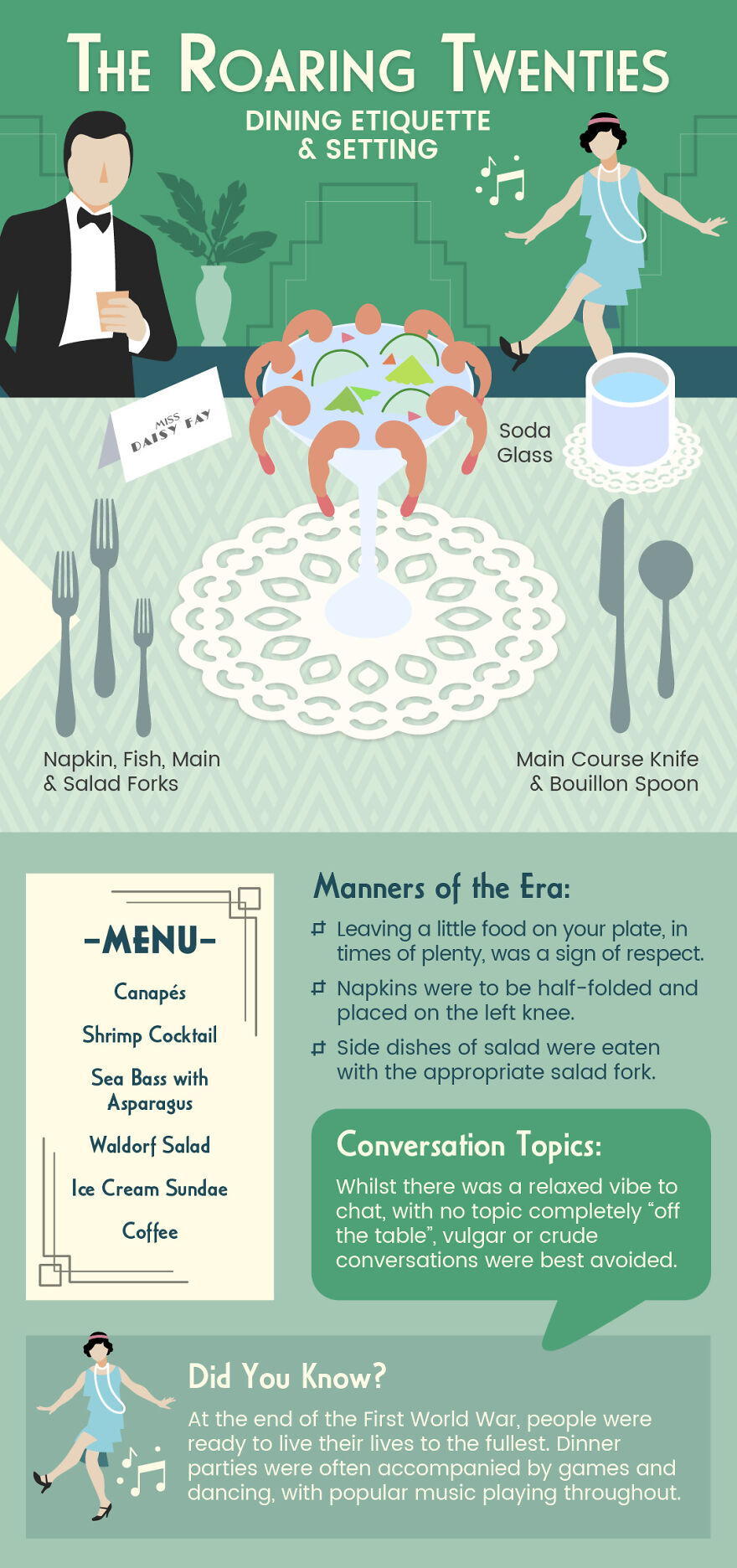
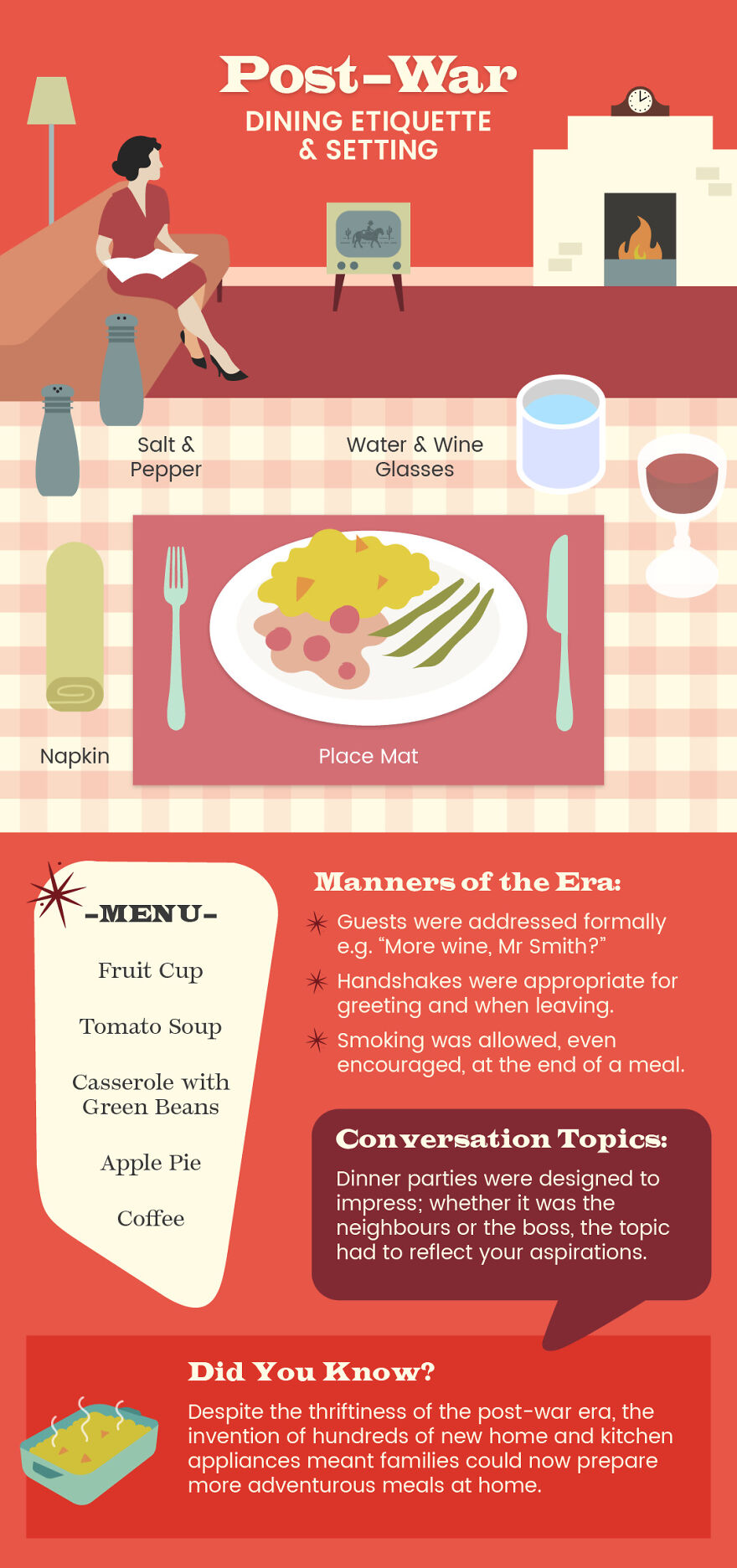
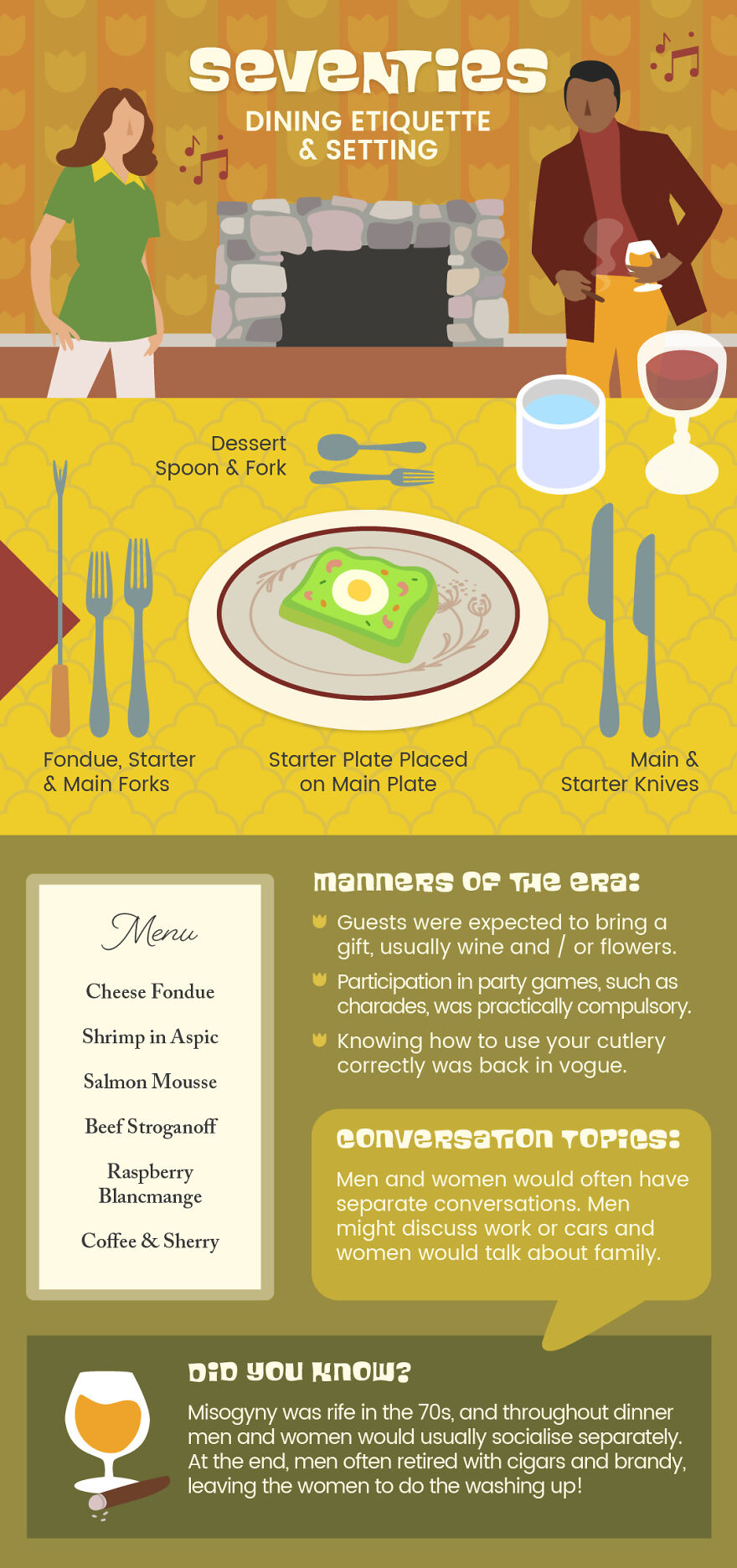
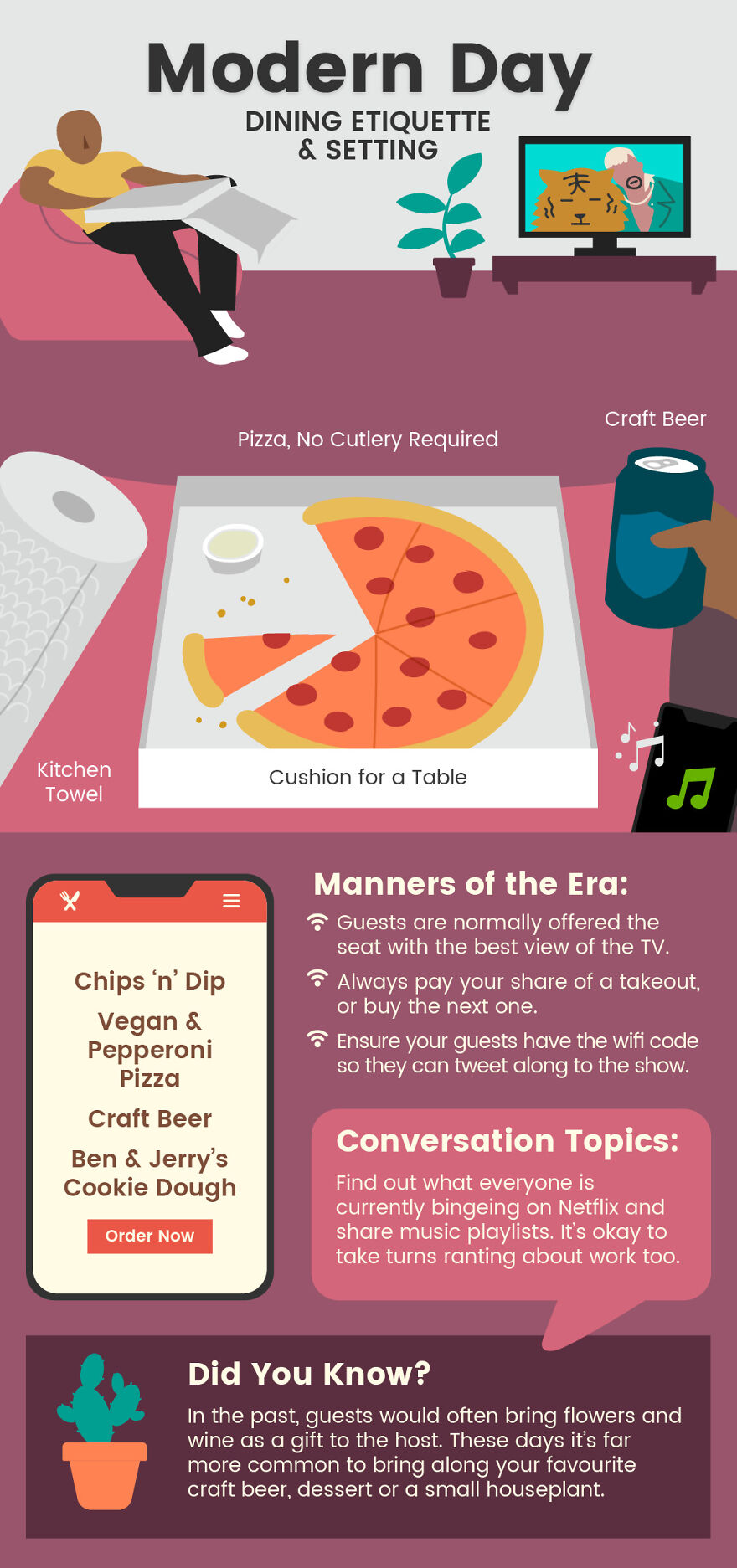












































12
4